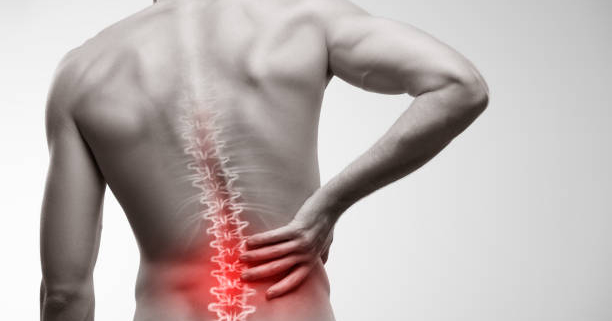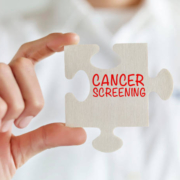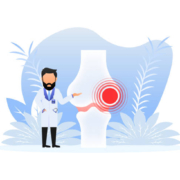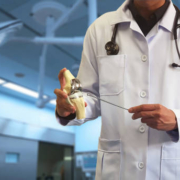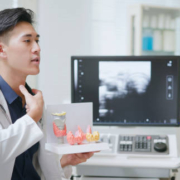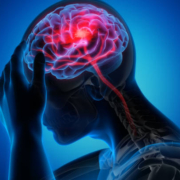The human spine is a marvel of engineering, providing both support and flexibility. However, this complex structure can be susceptible to injury, including disc prolapse, also known as a slipped disc. This condition occurs when the soft inner core of a spinal disc bulges or ruptures through the tougher outer ring, potentially pressing on nearby nerves and causing pain, numbness, or weakness.
Understanding the anatomy of the spine and the causes of disc prolapse is crucial for taking preventative measures.
What is Disc Prolapse?
Disc prolapse happens when the outer ring of a disc weakens or tears, allowing the inner core to protrude. This protrusion can compress neighboring nerves, leading to a variety of symptoms. The location of the prolapsed disc determines the specific nerves affected and the resulting symptoms.
Symptoms of Disc Prolapse
A disc prolapse may manifest in any spinal region, though it typically emerges in the lower back (lumbar spine) or occasionally in the neck (cervical spine). Symptoms fluctuate based on the disc’s location and the nerves affected. The following are among the most frequently encountered symptoms:
- Pain: This is the most frequent symptom, often described as sharp, burning, or electric shock-like. Pain can radiate from the lower back down the buttocks and leg (sciatica) if the disc prolapse is in the lumbar spine. In the cervical spine, pain may travel into the shoulder and arm. Certain movements, coughing, sneezing, or maintaining specific positions can worsen the pain.
- Numbness and Tingling: People with a slipped disc often experience a pins-and-needles sensation or numbness in the area served by the affected nerve.
- Weakness: Muscles controlled by the compressed nerves may become weak, leading to difficulty walking, stumbling, or problems holding or lifting objects.
- Loss of Bladder or Bowel Control: In severe cases, the nerves controlling bladder and bowel function can be affected, leading to loss of control. This is a rare symptom.
Causes of Disc Prolapse
Disc prolapse isn’t caused by the disc slipping out of place. Instead, it’s the bulging or herniation of the inner material that creates problems. Several factors can contribute to disc prolapse:
- Disc Degeneration: As we age, the discs in our spine naturally lose water content and flexibility, making them more susceptible to tears or ruptures. This is the most common cause of disc prolapse.
- Injury: A sudden impact, such as a fall or forceful twisting of the spine, can cause a disc to herniate.
- Physical Activities: Certain activities that put excessive strain on the spine, like repetitive bending, heavy lifting, or forceful twisting, can increase the risk of disc prolapse. Jobs requiring constant pulling, pushing, or lifting can also be risk factors.
- Genetics: Some people have a genetic predisposition to weaker disc material, making them more susceptible to prolapse.
- Lifestyle Choices: Smoking, obesity, and excessive stress can accelerate disc degeneration and increase the risk of prolapse.
Treatment for Disc Prolapse
The good news is that most disc prolapse cases resolve on their own within 6-8 weeks. Treatment usually focuses on pain management and promoting healing. Here are some common treatment options:
- Medication: Non-prescription pain relievers such as ibuprofen or acetaminophen are effective in alleviating mild to moderate pain. Corticosteroid injections near the affected nerves may be used for more severe pain. Muscle relaxants may be prescribed to address muscle spasms.
- Physiotherapy: Physiotherapy exercises can strengthen core muscles, improve flexibility, and reduce pain. A physiotherapist will teach you specific exercises and postures to manage your disc prolapse.
- Home Remedies: Applying hot or cold packs to the affected area can provide temporary pain relief and reduce inflammation. Staying active with light walks or gentle stretching is recommended to prevent muscle stiffness. However, avoid prolonged bed rest. Remember to maintain proper form and avoid sudden movements while bending or lifting.
- Surgery: In severe cases where conservative treatment fails to provide relief for several weeks, surgery may be recommended. Surgery typically involves removing only the protruding portion of the disc. In rare cases, the entire disc may be removed, and the vertebrae may be fused for stability.
Preventing Disc Prolapse: Taking Charge of Your Spinal Health
Disc prolapse can be a debilitating condition, but the good news is that there are several steps you can take to significantly reduce your risk. Here are some key strategies for keeping your spine healthy and preventing disc prolapse:
- Embrace Regular Exercise: Physical activity strengthens the muscles that support your spine, improving its overall stability and reducing pressure on the discs. Aim for regular exercise that incorporates both strength training and flexibility exercises. Engaging in swimming, walking, yoga, and Pilates can be fantastic options.
- Maintain Good Posture: Poor posture, especially slouching, puts excessive strain on the discs in your lower back. Remember to maintain good posture all day long, whether you’re seated, standing, or on the move. Here are some tips:
- Keep your shoulders back and relaxed.
- Keep the natural arch in your lower back.
- When sitting, ensure your feet are flat on the floor and knees bent at a 90-degree angle.
- Consider investing in a supportive ergonomic chair with excellent lumbar support.
- Lift Smart: Lifting heavy objects is a common cause of disc prolapse. Here’s how to lift safely:
- Bend your knees and maintain a straight back while lifting.
- Engage your core muscles for support.
- If the object feels too heavy, don’t hesitate to request assistance.
- Maintain a Healthy Weight: Excess weight puts extra stress on your spine and discs. Losing weight or maintaining a healthy weight can significantly reduce your risk of disc prolapse.
- Quit Smoking: Smoking weakens the discs and hinders the healing process. Quitting smoking is not only beneficial for your overall health but also for your spinal health.
- Manage Stress: Chronic stress can contribute to muscle tension and tightness, which can put strain on your spine. Techniques like meditation, yoga, and deep breathing can help manage stress and promote relaxation.
- Listen to Your Body: Be attentive to the signals it sends. If you experience any pain or discomfort in your back, especially after strenuous activity, take a break and rest. Could you please provide more context or clarify what you’d like rewritten? I’m here to help!
- Consider Chiropractic Care: While not a cure-all, chiropractic adjustments can improve spinal alignment and joint function, potentially reducing the risk of disc prolapse. However, it’s important to consult with your doctor before starting chiropractic care.
Conclusion
By incorporating these preventative measures into your lifestyle, you can significantly reduce your risk of developing disc prolapse. Remember, a healthy spine is essential for maintaining mobility, preventing pain, and ensuring an active life. If you experience any persistent back pain or suspect a disc prolapse, consult a healthcare professional for proper diagnosis and treatment. Early intervention can prevent the condition from worsening and ensure a faster recovery.

